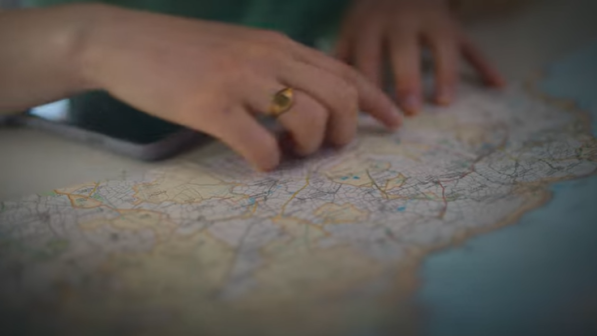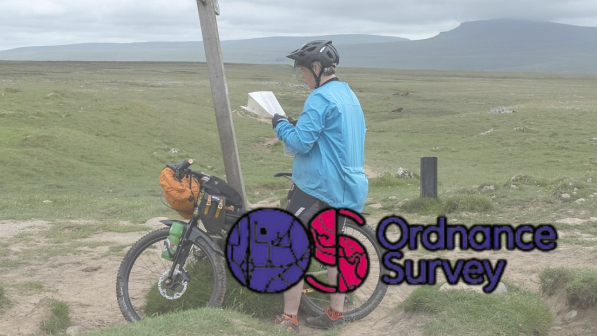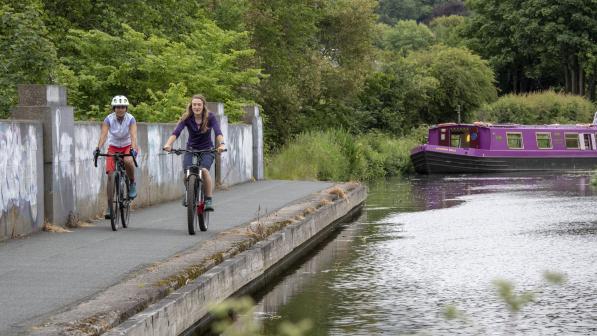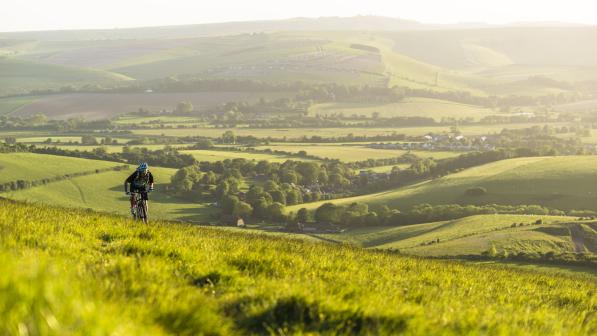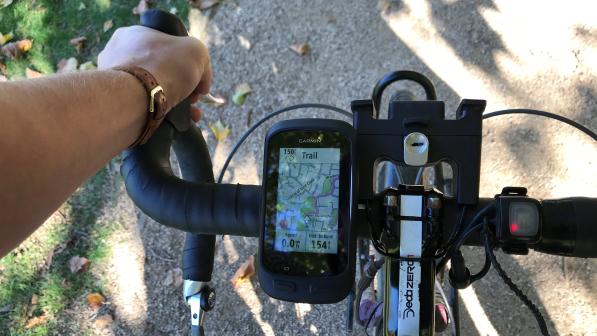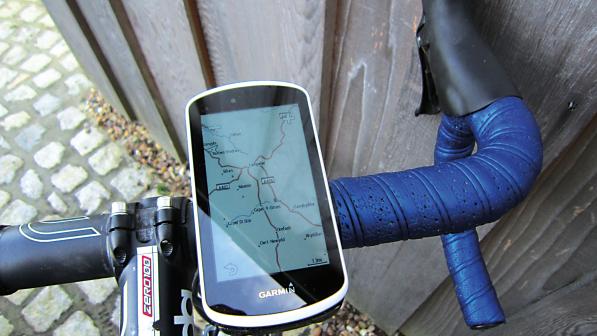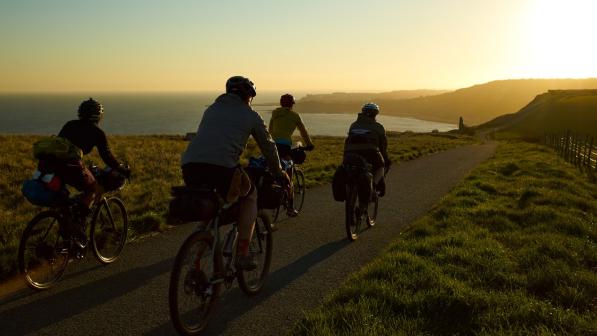How to plan a local cycle ride

After a year of various restrictions on where we have been able to go and who we have been able to meet, our cycling options have looked rather limited as coronavirus has changed our usual habits.
With the government embarking on its roadmap to recovery and a gradual opening up of public activities and venues, we are beginning to taste a few of the freedoms we previously took for granted.
Exercising outdoors is important for our physical and mental health, but in the rush to explore everything that was previously off limits, it’s easy to forget just how satisfying it can be to discover a new route on your doorstep.
While Cycling UK member Mark Beaumont, who holds the world record for cycling around the world, was busy during the first lockdown ticking off every street around his home in Edinburgh on foot as his daughter cycled, you don’t have to go to those lengths to put some new routes into action. As well as the good old-fashioned Ordnance Survey map, there’s a host of more hi-tech ways to plot local routes.
Where can I ride?
Off road, cyclists in England and Wales have a legal right to ride on bridleways and byways (but not public footpaths), as well as some permissive paths; see our guide to off-road rights of way. Different rules apply in Scotland and Northern Ireland.
During the coronavirus pandemic, trail centres have closed and many land-owning and land-managing authorities have restricted access to trails in forests, parks and so on. Always follow local advice and obey closures.
How far should I go?
Government regulations do not set a limit on either time or distance. “Working out how long we can exercise for is something of a balancing act, and we all need to strike that balance depending on the context,” says Duncan Dollimore, Cycling UK’s head of campaigns.
“We should ask ourselves what is reasonable, based on where we live, where we’re seeking to exercise, how many people are likely to be there, and what time of day we are venturing outside.”
Use common sense when planning your route. You should try to avoid areas you know are likely to be busy, as well as narrow paths with limited passing places that would make it difficult to maintain social distancing.
How do I plot a route?
This can be as simple as digging out your paper OS map. Look for bridleways (long red dashes on the 1:50,000-scale Landranger maps) and byways (alternating long and short red dashes or alternating red crosses and dashes), as well as marked cycle routes (filled or empty green dots, denoting on and off-road routes).
If you don’t have a map – and buying maps doesn’t count as essential shopping – then you can find plenty of options online. Here’s a selection of the sites we find most useful; share your favourites with us in the comments.
Komoot
Komoot is a route-planning site that is also home to a community of users who share local highlights such as favourite routes and places to visit (once travel restrictions are lifted!). Given a start and end point, it will automatically create a route, either on or off road, which you can edit, save and then share to your phone or smart watch, which will then guide you using turn-by-turn navigation.
The basic version is free, but you can upgrade to paid membership giving access to more features including offline maps. Cycling UK members can receive a free region map bundle worth £8.99 when they create an account.
ViewRanger
The basic version of this route planner lets you create routes manually using online maps and sync them to a phone app or save as GPX files to use with GPS units.
The premium version (from £4.99 a year, or £24.99 including a subscription to Ordnance Survey maps at 1:50,000 and 1:25,000 for the whole country) includes offline maps and other upgrades such as an AutoPlot feature that aims to find the best route depending on your activity type (hiking, road cycling, mountain biking).
There are other neat features such as Skyline, which uses your phone camera to identify hills and other landmarks on an augmented reality (AR) view. Maybe not so useful when you’re a couple of miles from home, but interesting to have once we’re allowed out and about again.
You can also search and download routes from other users, so you might find someone has already created a great ride near you.
Strava
Everyone’s favourite bragging tool also has a built-in route creator on its website, which will snap routes to roads, paths and trails on OpenCycleMap. Premium members also now have access to a Covid-19-friendly selection of local routes, created by riders near you. If you’re not a Premium member, you can start a free trial and get access to this feature.
Another handy Strava feature is the Global Heatmap, which can be filtered by sport: click the cycling button and see the most popular routes glow on the map. Of course, in the current situation you might choose to follow some roads that show as being less popular.
VeloViewer
This isn’t a route-planning app, but it might provide you with inspiration. For £10 a year, you can import all your Strava data into this site, which will provide a wealth of analysis, stats and pretty coloured graphs.
Most importantly for our purposes, it shows all your rides on a map, and fills in all the grid squares you have visited. In normal times, that could spur you on to complete as large a cluster of those individual little squares as possible, but now it might highlight some empty squares near you that you have never visited. Why not plot your next route to see what you have been missing on your doorstep?
OS Maps
The free Ordnance Survey app and website lets you find routes others have shared, and create your own routes manually. A paid subscription (£2.99 a month, or £23.99 a year) adds OS maps for the whole country and snap-to-path route planning via the website, among other features.
If you have bought any paper OS maps recently, you will see a code that you can enter on the site to gain digital access to the mapping.
Google Maps
This mapping giant isn’t only for driving directions. Google’s routing for cycling, while still far from perfect, is improving all the time.
It can also be handy for checking out paths before you visit: is that bridleway on the OS map a surfaced path or a muddy slog across a ploughed field? Is that lane wide enough to allow you to observe social distancing? Using the aerial view and Street View features can often give you a good idea what to expect.
And finally…
Don’t forget our very own Cycling UK Journey Planner. It’s tailored for one-way journeys, but you could create two or more routes to link up into a loop allowing you to stay closer to home in case you suffer a mechanical mishap that you can’t fix yourself and need to walk home.
